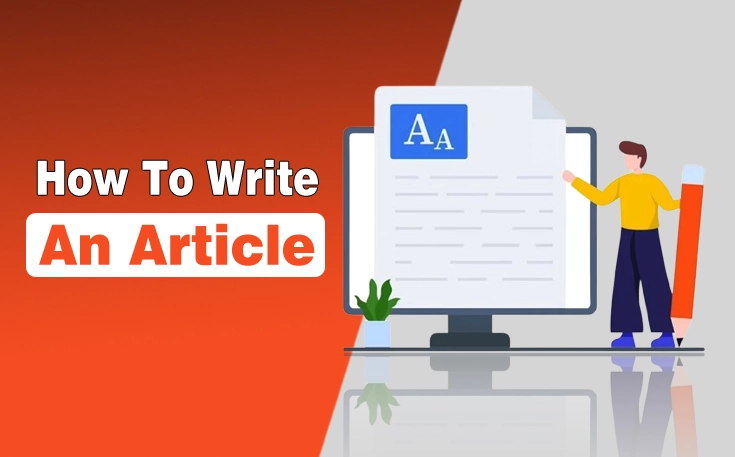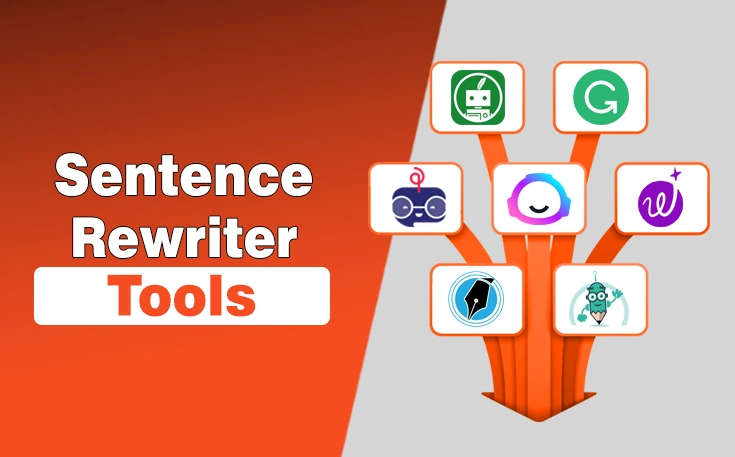Whenever you search a query on the Internet, search engines show you relevant answers. These answers are usually taken from millions of articles that are published on different websites. Businesses and individuals write articles to share valuable information on search engines that provide relevant information according to a user query.
Writing an article isn’t just putting down your thoughts in words. It has to be written in a certain way to provide the information that people as well as search engines can understand properly. That’s why I am going to help you out today in this post.
I’ll discuss a step-by-step guide on how to write an article. Each step will have some pro tips to help you out as well. Let’s start.
What is an Article?
An article is a piece of information that is written in an organized way. It is usually written about a certain topic for a certain type of audience. Writing on a focused topic and audience helps writers deliver their ideas more effectively.
Generally, the main purpose of an article is to inform, persuade, or guide readers about the selected topic. It might have more than one purpose depending on the situation.
People write it for different mediums and authorities. For example, some writers publish articles in news and magazines. On the other hand, some write for academic purposes. However, their most common form is blog posts that people publish on websites to share information with their audience. It also helps them gain high search engine rankings.
Whatever the purpose or medium is, the method of writing an article is the same.
How to Write an Article? Simple Steps
The following steps can help you out with it:
Step 1 – Pick a Relevant Topic
As I mentioned before, an article usually has a proper topic. Ideally, you should pick a topic that you’re most passionate about. But sometimes writers might have to pick a topic that your audience wants to read about.
That’s what bloggers and other websites do. They perform keyword research with different tools to find out what their audience is searching for and pick a topic accordingly.
The method of picking a topic is different for each writer. Here are some general guidelines about it.
Hobbyist writers
These writers can pick any topic they feel like writing about such as “How I made a delicious apple pie today”.
SEO Content Writers
SEO content writers usually take the help of online keyword research tools to find a topic.
Here’s how:
- Pick an SEO-related topic finder tool such as Semrush.
- Input a keyword.
- Pick a topic that is being searched a lot.
Academic writers
Academic writers such as students are given a topic by their teachers. They also pick topics related to the subjects they’re studying.
News writers
As a news writer, you’re supposed to pick a topic about current or past important events.
Pro tips:
- Pick a topic that can deliver valuable information to readers.
- For websites, pick a topic that is being searched by many people.
- Use online topic finder tools when needed.
Step 2 – Create a Title
A title describes things that you are going to write in the article. Its nature depends on your topic and is usually written in one or two lines.
From my research, a title should be 10 to 11 words long. Although a title nature can be difficult, there’s one common thing among them. It’s that a title should be catchy enough to persuade a person to read.
If you have done research on a topic, you might already have ideas about the title. If not, there are a bunch of different title-maker tools online that can be helpful.
These tools can generate titles of different natures according to your requirements. For demonstrational purposes, I’m using Semrush’s Title Generator tool.
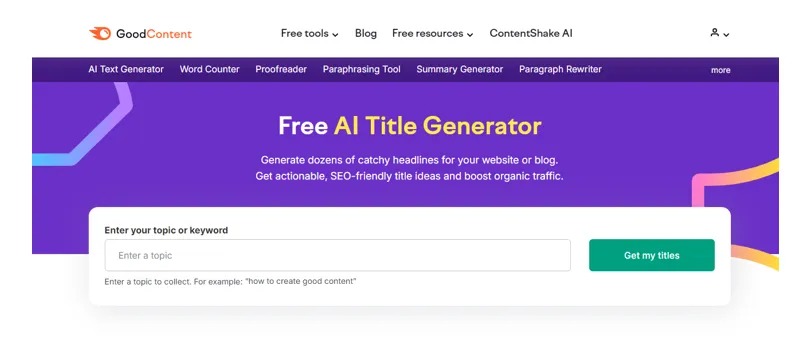
- Open the tool.
- Enter your topic keyword.
- Click on “Get my titles”.
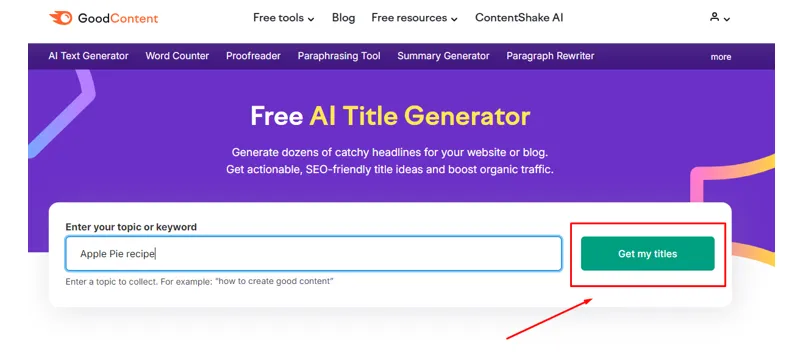
- Pick a title that you like the most.
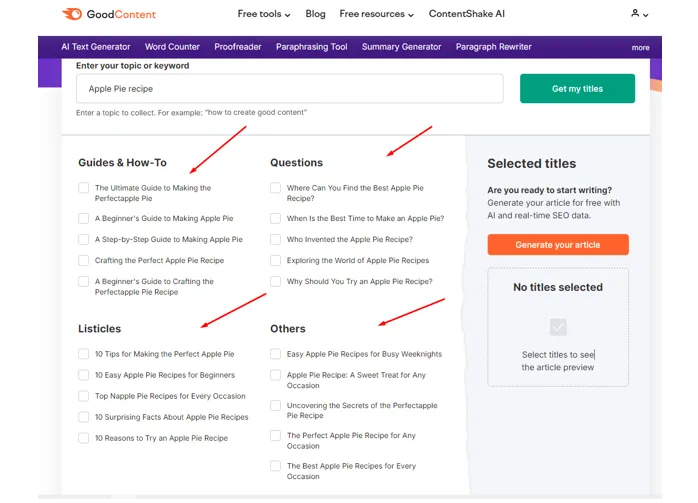
Pro tips:
- Pick a catchy title.
- Keep it short and concise.
- For tips and methods, try using numbers i.e., “Make Apple pie in 4 steps”.
Step 3 – Create an Outline
Understanding the outline is important for learning how to write an article. An outline dictates the overall writing format. Starting without an outline isn’t an issue. However, creating one before you start can be useful.
It helps in overcoming writer’s block and lets you focus more on the content itself.
The exact outline depends on the title.
However, here’s what a general outline looks like:
- Introduction
- Body paragraph
- Conclusion
These points are expanded according to a writer’s requirements. Also, it’s important to understand header tags while creating an outline since They explain the main heading and its sub-headings.
In general cases, the title is H1. Others are H2 and if you want to add sub-topics, they will be regarded as H3, H4, and so on.
Pro tips:
- Be comprehensive and add all the points you want to cover.
- Create different headings for each topic.
- Try not to add more than 300 words in a heading.
- Add the most relevant and latest research data in the article.
Step 4 – Start Writing
Now, it’s time to channel your inner writer. Start writing according to the outline you have created. Make sure to keep the wording difficulty level according to your audience. For example, if you’re discussing a difficult topic with a general audience, use simple words.
On the other hand, using very simple words for an academic article might not be good. Make sure to write with a proper flow and be comprehensive with each heading.
Here’s a general guideline for writing:
Introduction
Here, introduces the topic to readers comprehensively. Briefly explain the main topics you’re going to cover. Just make sure not to make it lengthy.
Body
Here, you’re going to explain each and every point of your topic. Be comprehensive and don’t miss any topic.
Conclusion
The conclusion section closes down everything that has been discussed. Make sure to keep it short as well.
Pro tips:
- Be precise and avoid adding unnecessary information.
- Carry your ideas with a proper flow.
- Give examples whenever required.
- Back up your claims with proper authentic studies.
- Add relevant images.
Step 5 – Proofread and Publish
Once everything is done, take some time to proofread it. It helps analyze and correct grammatical mistakes and includes missing information. You can use online tools like Grammarly for better proofreading. Once it’s done, simply publish or submit it.
Conclusion
Writing an article isn’t less than an art. For people who want to know how to write an article, it requires good writing as well as research skills. It has different types and all of them are written in the same structure.
As a writer, you have to go through a proper process. First, pick a topic and create a title. Then, create an outline and start writing. At the end, proofread and publish it.
Frequently Asked Questions (FAQs)
How long a title should be?
It depends on what topic you’re going to discuss. However, keeping it under 14 words is recommended.
Is it okay to add visuals and images to the article?
Yes. It is usually recommended to add visuals and infographics.
Are all articles written the same way?
Probably. Although the types can vary, their basic structure is the same.

